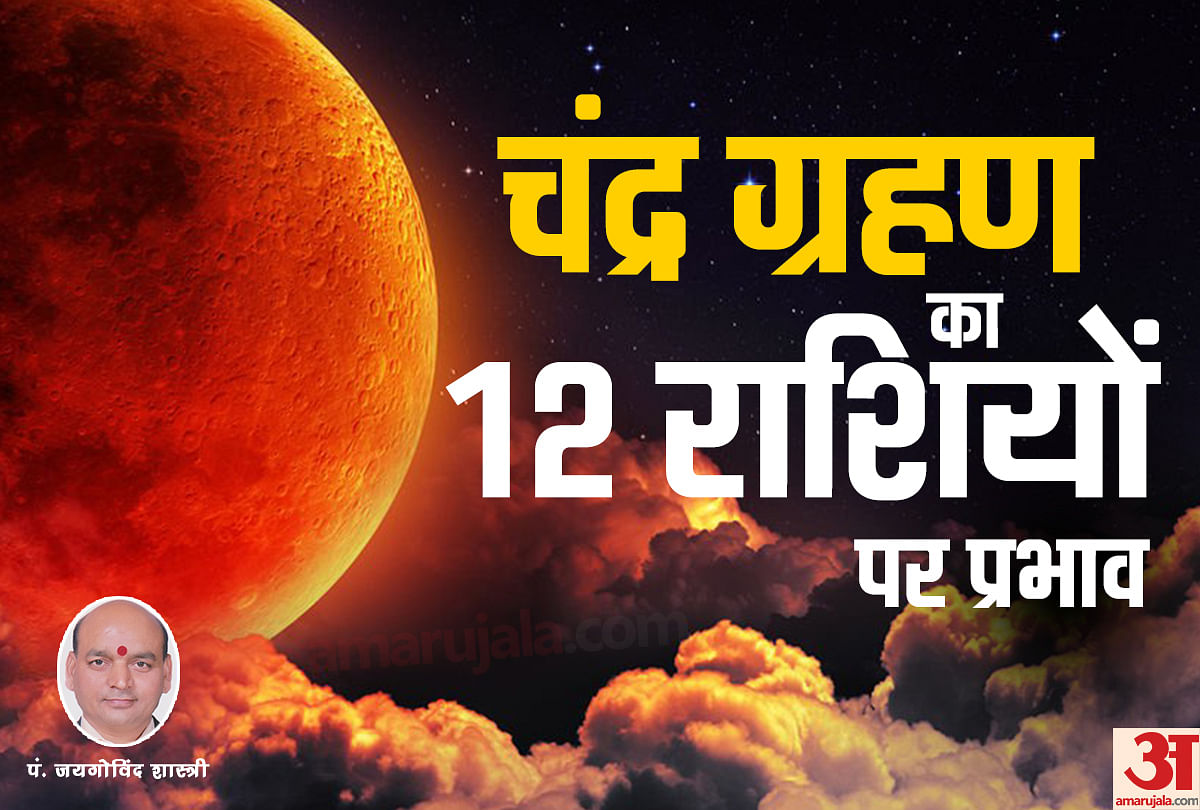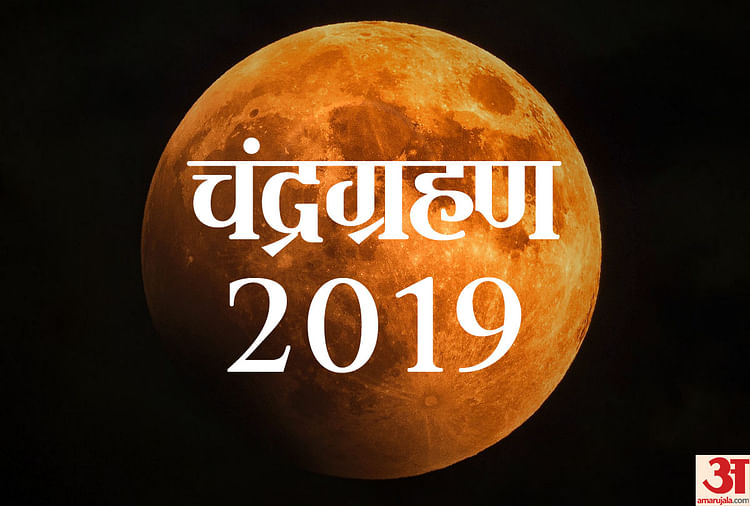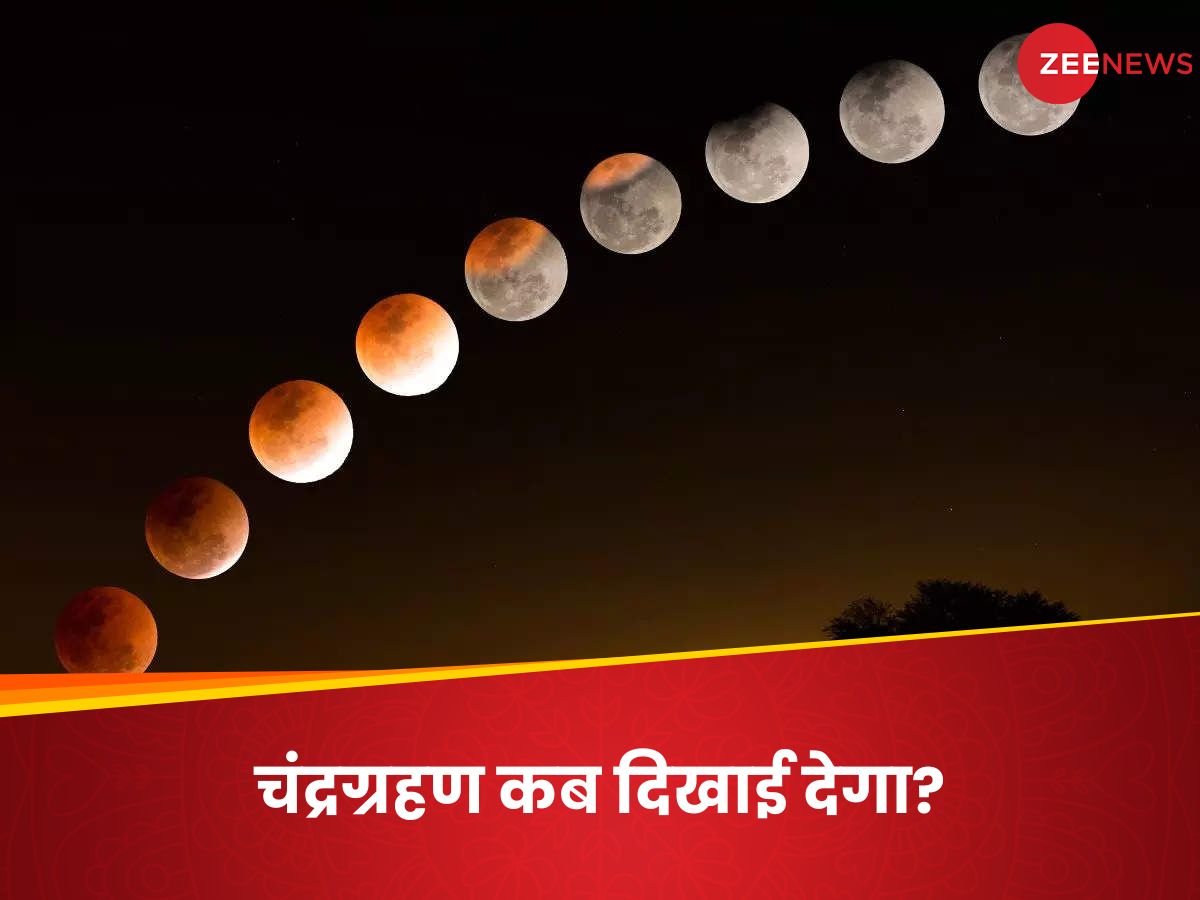Chandra Grahan 2019 Timing In India

As dusk deepened into night across India on July 16th, 2019, a hushed anticipation filled the air. Families gathered on rooftops, friends huddled together with telescopes, and amateur astronomers prepped their equipment, all eager to witness a celestial ballet: a partial lunar eclipse, or Chandra Grahan, painting the moon in shades of shadow and light. The air buzzed with excited whispers as people waited for the Earth's shadow to begin its slow dance across the lunar surface.
This wasn't just any night; it was a night to connect with the cosmos and with traditions passed down through generations. While modern science explained the event's mechanics, the cultural significance of a Chandra Grahan in India resonated deeply, blending scientific curiosity with ancient beliefs.
This article delves into the specifics of the 2019 partial lunar eclipse's timing in India, exploring its scientific underpinnings and the cultural significance it held for millions across the country.
The Dance of Shadow and Light: Eclipse Timing
The 2019 partial lunar eclipse was a significant astronomical event visible across India. According to timeanddate.com, the eclipse began its penumbral phase (the Earth's faint outer shadow touching the Moon) at around 12:13 AM IST on July 17th. However, this phase is often imperceptible to the naked eye.
The more dramatic partial phase, where the Earth's dark umbral shadow starts to cover the Moon, began at approximately 1:31 AM IST. This was the point when most observers could clearly see the eclipse taking shape, a dark bite gradually obscuring the silvery surface of the Moon.
The point of greatest eclipse, when the largest portion of the Moon was covered by the Earth's shadow, occurred around 3:00 AM IST. At this point, roughly 65% of the Moon's visible surface was immersed in shadow, giving it a dusky, reddish hue.
Geographic Variations
The exact visibility and timing of the eclipse varied slightly depending on the observer's location within India. Observers in eastern parts of the country saw the eclipse begin and end a few minutes earlier than those in the west.
However, the differences were minimal, and the eclipse was widely visible across the entire subcontinent. The ending of the partial phase, when the Moon began to emerge completely from the Earth's umbral shadow, occurred at approximately 4:29 AM IST.
Beyond Science: Cultural Significance
In India, lunar eclipses hold a deep cultural and religious significance. Traditionally, eclipses are often associated with inauspiciousness. Many believe that consuming food during an eclipse can be harmful, and strict dietary restrictions are often observed.
Temples across the country often close during the eclipse period, reopening only after special purification rituals. However, it's important to note that perspectives vary, and many embrace the scientific understanding of eclipses while still respecting traditional beliefs.
During the 2019 Chandra Grahan, many families performed specific rituals and prayers believed to ward off negative energy and ensure well-being. This blending of science and tradition highlighted the unique way in which Indians engage with celestial events.
Dr. Arun Sharma, a prominent astrophysicist at the Indian Space Research Organisation (ISRO), commented on the event, emphasizing the importance of public outreach and education. He stated, "Eclipses are natural phenomena that offer a fantastic opportunity to engage the public with science and astronomy. By understanding the science behind eclipses, we can appreciate their beauty without fear or superstition."
Looking Upward, Looking Inward
The 2019 partial lunar eclipse served as a reminder of the vastness of the universe and our place within it. It was a moment for scientific observation, cultural reflection, and shared experiences across communities.
While telescopes and cameras captured stunning images of the event, the real beauty lay in the collective sense of wonder it inspired. It was a chance to pause, look up, and contemplate the celestial dance unfolding above, connecting us to something larger than ourselves. The Chandra Grahan of 2019, therefore, remained a cherished memory, a testament to the harmonious coexistence of science, culture, and the enduring human fascination with the cosmos.













)




